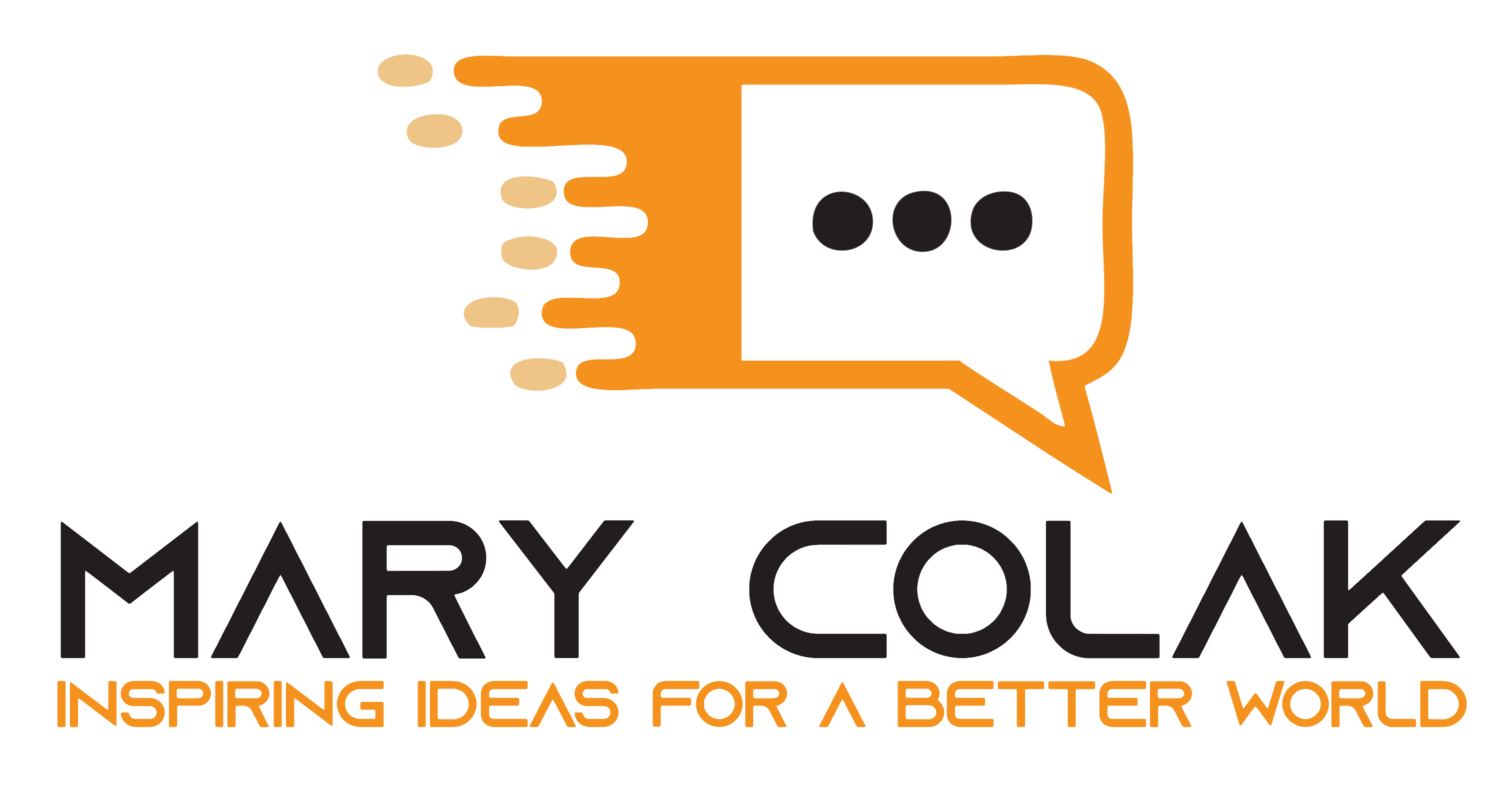Into the future, forecast decisions
Into the Future
If you were asked to predict the winner of the next World Cup Soccer event, would you be able to make an accurate prediction? If Paul the Octopus was still alive, he may have used his divination powers to do just that. However, humans are not generally so endowed.
But predicting the future is an important element of decision making. So important, in fact, organizations go to great lengths to ensure that their operations align with their strategic targets.
Many organizations now tie executive compensation to how accurately executives meet the predictions of their operational and strategic plans. Anyone who has ever needed to predict the future (whether budgets, customer trends, business sales, and so forth) knows that forecasting is not an easy process nor is it an exact science.
Forecasting is about reducing uncertainty about the future. However, it is impossible to eliminate uncertainty altogether.
A survey by the Economist Intelligence Unit in 2007 showed that only one percent of firms hit their forecasts exactly, while 22 percent came within five percent of their forecasts. On average, forecasts were out by 13 percent.
There are both good and poor forecasts. Thriving organizations are able to consistently provide good forecasts. Those that provide poor forecasts are generally over or under-forecasting.
Consider the following examples.
If a business "over-forecasts" its sales, then it will over-produce its products and services. This means the business gathers excess inventory. And this leads to spoilage, waste, obsolescence, and high inventory costs. This excess may also result in "special" or highly discounted sales to move the product (assuming the consumer is willing to buy in the first place). The result is loss of profits.
On the other hand, if the organization "under-forecasts" its business needs, it under-produces. This also impacts inventory by creating shortages that result in late deliveries, stock-outs and shortage costs, as well as high shipping costs. The end results are unhappy customers and loss of profits. Since forecasts are typically wrong, it is difficult to avoid both over and under-forecasting.
But the following six steps can help you ensure the most accurate forecast possible:
Determine the purpose of the forecast.
Set a time horizon (how far out are you forecasting)?
Select your forecasting technique.
Gather and analyze data (historical data is useful).
Prepare your forecast.
Monitor your forecast results. If forecast varies widely from results, go back to step 3.
One thing to note about forecasts: Long-term forecasting is more accurate than short-term, so when forecasting, take a long-term view for accuracy and adjust the forecast based on available data.
Forecast Decisions
There are several forecasting models to help you with your forecast, but no matter which model you choose, the key to forecasting is making a decision. When accuracy is paramount and major forecasting decisions are required (e.g., deciding on launching new products or technology), use a quantitative forecasting method. If the forecasting decisions are not as major (e.g., forecasting newly introduced online sales), then use a qualitative method. One of my favourite qualitative methods is the Delphi method. The benefits of the Delphi method include:
Providing a thorough examination of the problem (many people are involved)
It uses a remote and anonymous approach (to avoid groupthink and personality conflicts)
By working through a number of cycles of anonymous discussion, it leads to a more objective decision (forecast).
Here is how to use this method (adapted from Keith Jackson and Mind Tools Team):
Define the problem.
Appoint an impartial facilitator (the rest of this process assumes you are this person).
Select a panel of experts (they need to be knowledgeable about the subject matter and familiar with the problem).
Get individual panel members to brainstorm high level approaches to solving the problem.
Consolidate responses, and iteratively resubmit these to the panel until a stable and comprehensive list of approaches is developed.
The process sponsor reviews the list of approaches to verify that there are no other possible solutions.
Work with individual panel members to develop each of the possible solutions to the problem.
Consolidate these possible solutions, and send them to all panel members.
Panel members then critique solutions, and feed their comments back to the facilitator.
The facilitator and panel members refine proposals or, if appropriate, discard them.
This goes on (iterating back to step 7) until a final conclusion is reached.
While the benefits of this method include involving a large number of people in the forecasting process, unbiased facilitators are the method's key to accurate forecasts. To learn how to achieve the best possible outcome from the participants and yourself, as facilitator, see this article on achieving consensus with the Delphi technique.


